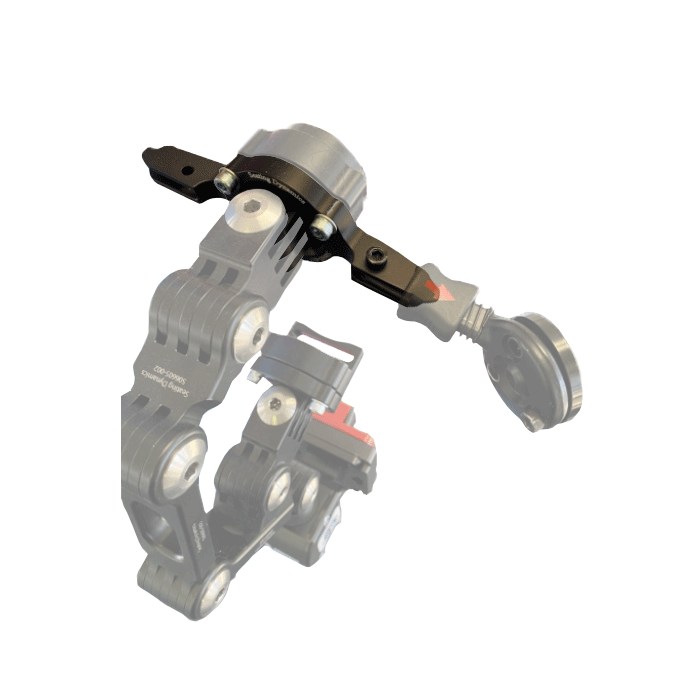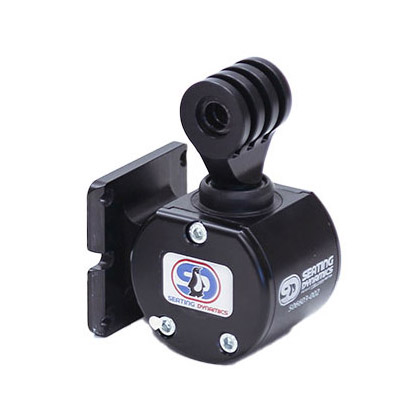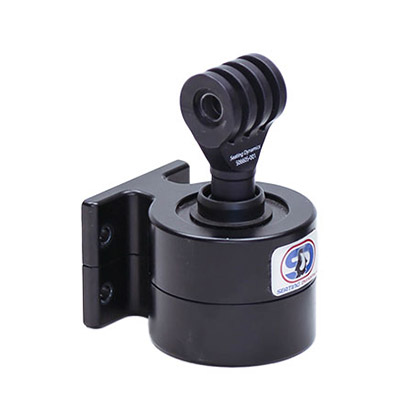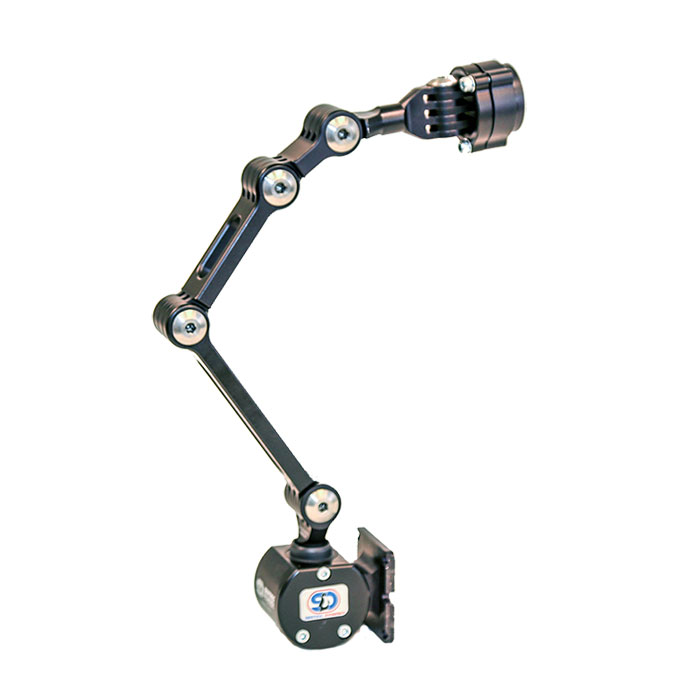CEU: Wheelchair Dynamic Seating: Providing Movement for Clinical Benefit
Wheelchair Dynamic Seating: Providing Movement for Clinical Benefit
Michelle L. Lange, OTR/L, ABDA, ATP/SMS
Dynamic seating is movement that occurs within the seating system and/or wheelchair frame in response to client force. Dynamic components absorb force and return the client to a starting position. When the client moves, the dynamic seating moves with the client, maintaining alignment with the seating system for postural support and stability.
Clients who extend within the seating system or seek out movement may benefit from dynamic seating. Dynamic components absorb and diffuse force, protecting the client from pain and injury, and protecting the wheelchair seat and frame from damage. Absorbing force may reduce active extension. Providing movement can increase alertness and decrease agitation. Movement can also improve function and postural control.
This webinar will define dynamic seating as well as the clinical benefits of this intervention. A variety of product options and features will be reviewed in order to better match these features to a specific client’s needs. Case studies will be used throughout.
Learning Objectives
- The participant will be able to select three clinical indicators for dynamic seating for clients using a wheelchair
- The participant will be able to determine three areas of client movement provided by dynamic seating within a wheelchair.
- The participant will be able to determine specific dynamic seating product features required to match an individual client’s needs.
- The participant will be able to determine if the resistance of a dynamic component is too firm or too soft.
Join Michelle Lange for this recorded presentation hosted by MedBridge and earn 0.25 CEU.
Presenter Bio
Michelle L. Lange, OTR/L, ABDA, ATP/SMS is an occupational therapist with 35 years of experience and has been in private practice, Access to Independence, for over 15 years. She is a well-respected lecturer, both nationally and internationally and has authored numerous texts, chapters, and articles. She is the co-editor of Seating and Wheeled Mobility: a clinical resource guide, editor of Fundamentals in Assistive Technology, 4th ed., NRRTS Continuing Education Curriculum Coordinator and Clinical Editor of NRRTS Directions magazine. Michelle is a RESNA Fellow and member of the Clinician Task Force. Michelle is a certified ATP, certified SMS and is a Senior Disability Analyst of the ABDA.










